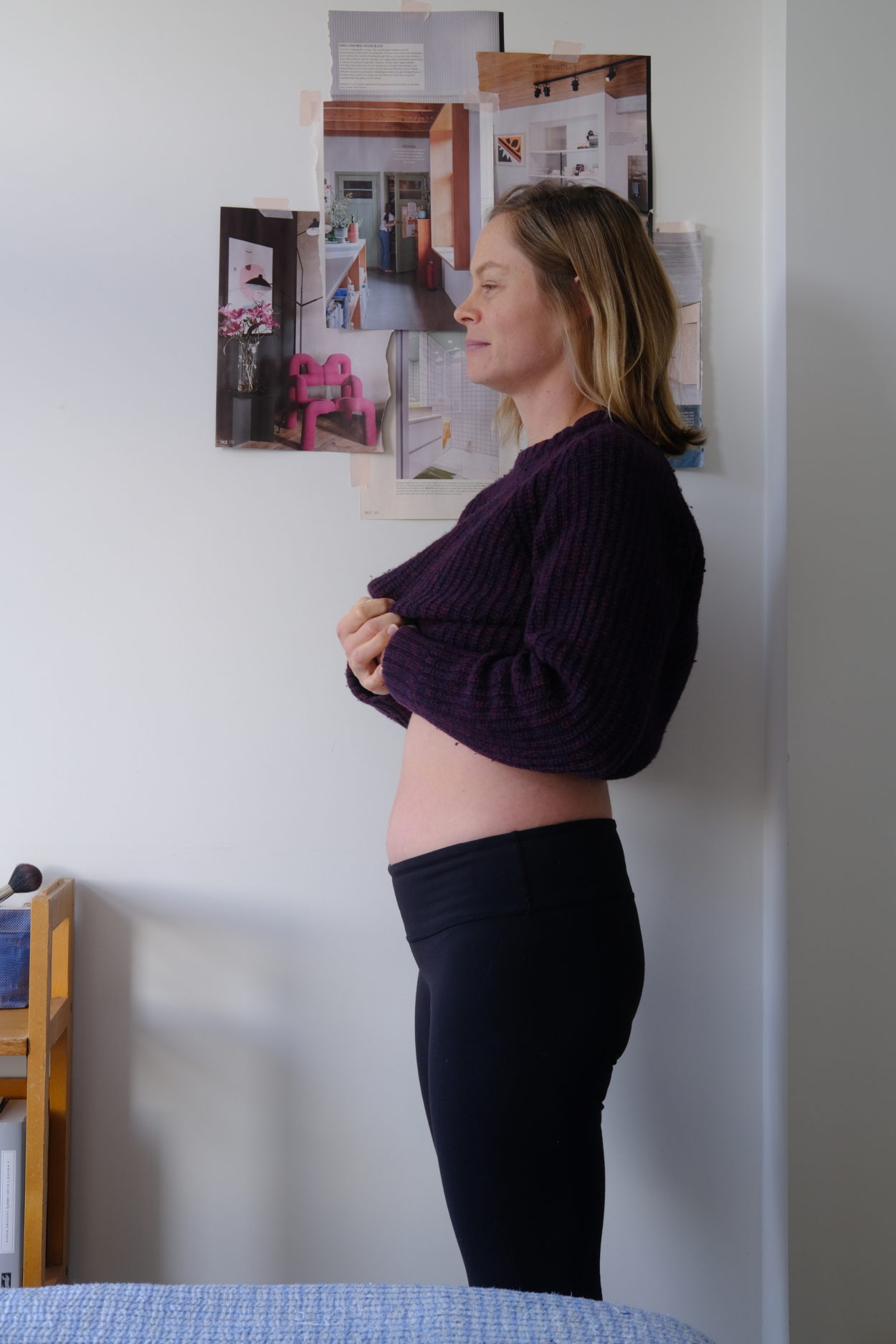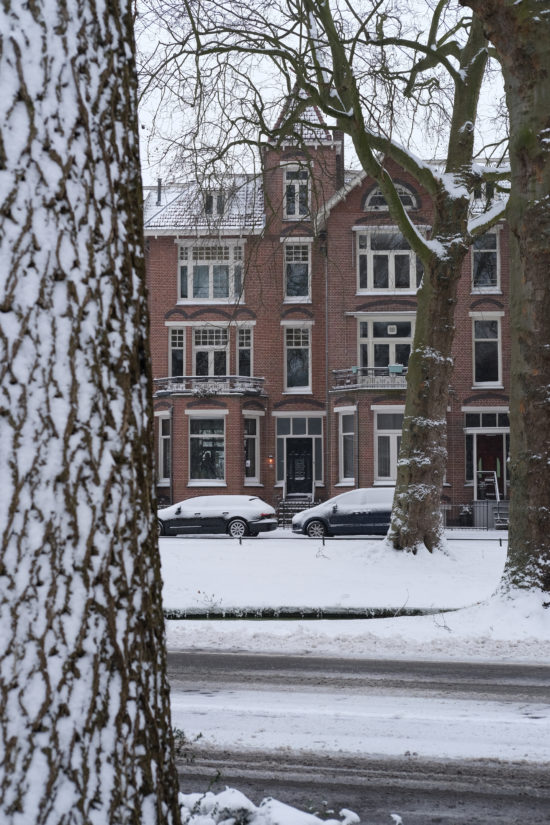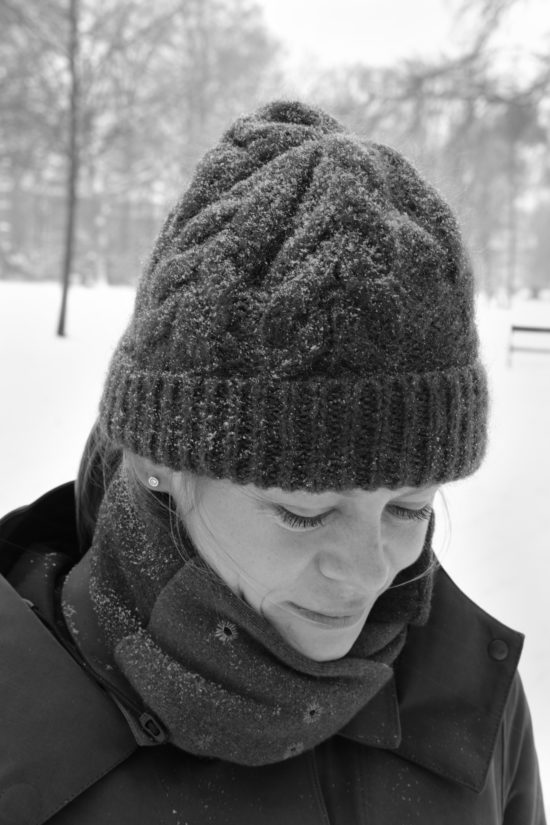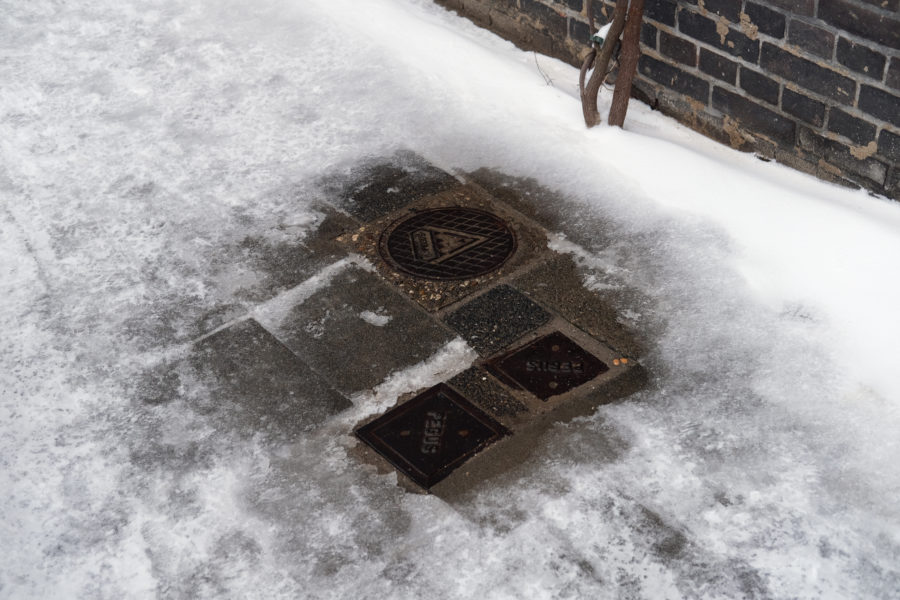What a whirlwind the last five months have been – buying and moving into our first home, undertaking and living in a small renovation, growing our first child, all while navigating a busy work schedule.
We are extremely relieved to have been extracted from the day to day realities of the mid-pandemic housing market – predatory real estate agents and practices, relentless hunting, overwhelming competition, excruciating evaluation of personal suitability versus actual value, saccharine offer letters and depressing rejections. In total we viewed 43 homes with our 17th offer being accepted. Gruelling.
What is not immediately obvious about renovating is that it requires a decision regarding e-v-e-r-y-t-h-i-n-g. In the kitchen, that’s the layout, materials, appliances and fixtures, but also the colour of the grouting, lighting locations, type of cupboard handles, the design, quantity and height of electrical switches, et al. Many decisions are related to the intuitive functionality, rather than aesthetic feel, of the space – that is they’re really critical to making a space ‘work’. Multiply that swath of decisions by however many rooms you’ve been brave enough to tackle. So there is the physical work of construction (which we mostly outsourced) but also the mental work of conceptualisation.
Having survived the process I can, with knowing tongue in cheek, understand how some couples are completely broken by it or end up in therapy. Despite our share of painful conversations, M and I eventually came to recognise, and respect, that our differences establish a healthy equilibrium – where he is pragmatic with the ability to visualise things easily, maintaining the momentum of decision-making at the risk of an occasional wrong call, where I am more idealistic, reliant on samples to consider every possible variable to avoid making the wrong call, at the risk of delaying work. Toward the end, if it wasn’t urgent M gave me the space to deliberate, and if it was urgent I communicated any immediate concerns or simply let it go.
One other learning was just how much can go wrong. As experienced designers we expected hiccups… but not quite so many, or by so many different suppliers. Like the toilet flush plate, which was first mounted incorrectly by the builders, then once installed flushed excessively long (the store had paired a newer facade with an older mount) and had to be looked at by the brand specialist who managed to solve the problem but in the meantime fractured the glass plate, posting out a wrong replacement model, until finally the correct model was sent and installed successfully by M. Or the kitchen countertop, where the stone supplier discontinued the material we had selected, but failed to let the kitchen designer know, instead sending a substitute with an entirely different finish and colour. So here we are, 9 May and 16 weeks since our somewhat small renovation began and not a single room is 100% complete. Of course some element of global supply chain woes, price hikes and staff shortages related to the pandemic and its economic fallout have played a part in adding to the chaos.
Living in the renovation no doubt added to our burden. And while it was somewhat naive of us, it was also extremely practical (four months of rent and mortgage after home buying fees and renovation costs and before accommodating a child? No thanks). But for sure I did not think through the jeopardy of being 24 weeks pregnant and having both loos out of action, ducking regularly to our local supermarket for relief. Or having to be showered and dressed by 7am to avoid being caught in a towel by a builder. Or having to traipse up and down two flights of stairs between the attic (with prep space, sink and chairs) and the garage/garden (with fridge, oven and BBQ) to cook a meal. It was tough-going. And our naïveté was probably for the better, I’m not sure we would have otherwise had the stamina.
And all this while pregnant(!). Most first mums I know were extremely disciplined (healthy eating, vitamins, walking, yoga, pelvic floor exercises, etc.) and well prepared (reading, courses, baby’s room ready months in advance) in their first pregnancy. Which is maybe how I can shape a second pregnancy! Given the circumstances, M and I are extremely fortunate that things have thus far been pretty uncomplicated, made up in phases of very ‘normal’ symptoms*. And we’re also very lucky that baby did not feel compelled to arrive early. I’ve been on maternity leave since 4 April, five weeks ahead of my due date, which seems generous but at that point we were still packed up in 20+ boxes and yet to paint, let alone being physically or emotionally ready to welcome a newborn.
At some point during our house hunt I miserably complained to my mum, ‘I just want to get on with my life!’. To which she replied, ‘But this is life’. Touché, mum. Since we packed up our London home back in September 2020 it has been a wild ride. Most significantly, I’ve gained a deeper awe and love for my husband, as we’ve been exposed to experiences where I’ve had better insight into just how capable and committed he is. Simultaneously, it has definitely felt like eighteen long months with our belongings in boxes and personal interests on hold. With baby’s arrival, whenever that might be, we are ready to slow down and just enjoy ‘being’ for awhile.
*my experience of an ‘uncomplicated’ pregnancy included: tiredness, loss of focus, loss of breath, blood noses, foot cramps, fainting, back pain, Melasma (pregnancy mask), sciatica pain, heartburn, swollen ankles, choking on my own spit, snoring (M loved this one) and increased blood pressure, among other things.









